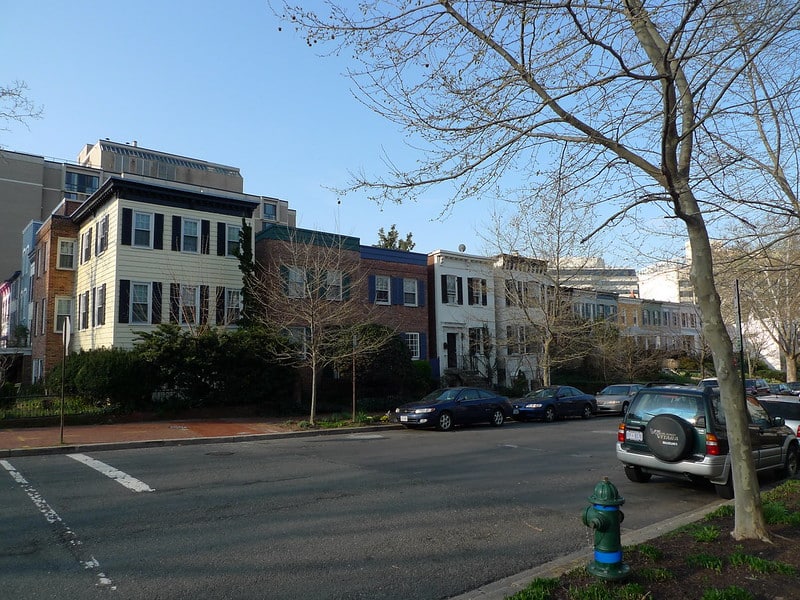Nandinee Kutty, who, with James Carr, is co-editor of the newly released book Segregation: The Rising Costs For America, comments on my previous post about the correlation between residential segregation and high levels of violence in America’s cities.
What happens to people in neighborhoods plagued by the confluence of segregation, disinvestment, and degraded schools Kutty describes?
For one answer, read the powerful piece by Eyal Press published in May 2007 on The American Prospect‘s Web site.
Press examines the provocative theory that some neighborhoods suffering from these structural problems fare far better than others, as measured by their levels of crime, violence, and general deterioration.
The reason? According to Press, some social scientists point to the communities’ level of “collective efficacy”: the degree to which they have a “sense of social cohesion and shared expectations about the willingness to intervene” to prevent violence, maintain their homes and property, keep public spaces clean, and generally work with one another to solve community problems.
Press explains:
“Collective efficacy is a variation on a concept known as ‘self-efficacy’ that was coined several decades ago by a Stanford University psychologist named Albert Bandura. Bandura postulated that individuals are capable of overcoming any number of disadvantages if they believe their actions will make a difference in their lives. Studies showed that when children were convinced they could solve math problems, for example, they were more successful at solving them than peers with more talent who doubted their own abilities. ‘A resilient sense of efficacy enables individuals to do extraordinary things by productive use of their skills in the face of overwhelming obstacles,’ Bandura observed.”
As Press points out, this theory is neither “liberal” (ascribing a community’s ills to structural causes such as racism and poverty), nor “conservative” (blaming the victims’ lax morality or lack of work ethic for their problems).
That may be so. But what’s the take-away for community activists and advocates seeking to bring about community change?
Because it emphasizes the view that poor people can be the agents of their own redemption, is the theory of collective efficacy empowering to communities, or does it get the powers-that-be in our society off the hook from addressing the structural inequalities that clearly contribute to the violence that plagues low-income communities?




I think there’s definitely a danger that it will let the powers that be off the hook. But it can also generate support for certain kinds of neighborhood activism: specifically that kinds that allow people to get to know each other and spend more time interacting: traffic calming, for example. Its been shown that there’s a huge difference made in how many neighbors know each other when you reduce traffic speeds or lane widths. Collective efficacy isn’t just a mysterious trait that can be summoned at will.
Also, I wonder if it fact it is harder to generate in diverse communities? I know in my neighborhood the widely differing views on police cause racial and class disconnects about the best way to collectively improve safety.
Research findings about the ability of collective efficacy to overcome many problems faced by residents of disadvantaged neighborhoods should be taken note of. Collective efficacy is associated with lower rates of premature deaths in neighborhoods.
But the research indicates that there are limits to collective efficacy. In neighborhoods with extreme deterioration—such as high levels of boarded up buildings, trash and litter on the street—the willingness of neighbors to help in the common good (collective efficacy) is found to be not associated with lower rates of premature deaths. Please see the following papers:
Cohen D., K. Mason, A. Bedimo, R. Scribner, V. Basolo, and T. Farley, “Neighborhood Physical Conditions
and Health,” American Journal of Public Health, Vol. 93, No. 3, 2003, pp. 467–471.
Cohen D., S. Spear, R. Scribner, P. Kissinger, K. Mason, and J. Wildgen, “‘Broken Windows’ and the
Risk of Gonorrhea,” American Journal of Public Health, Vol. 90, No. 2, 2000, pp. 230–236.
Cohen D., T. Farley, and K. Mason, “Why Is Poverty Unhealthy? Social and Physical Mediators,” Social
Science and Medicine, Vol. 57, No. 9, 2003, pp. 1631–1641.